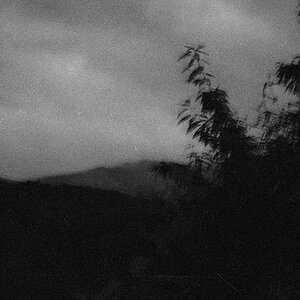john.margetts
No longer a newbie, moving up!
- Joined
- Dec 3, 2015
- Messages
- 1,100
- Reaction score
- 279
- Location
- Lincoln
- Can others edit my Photos
- Photos OK to edit
I'm not surprised you get confused - most of the explanations are awful. Even where they are right they are very badly expressed.I'm confused again because the FOV of 16mm DX on FX is 24mm.
So then 35mm DX on FX is???? 50mm FX? To get a prime with same FOV as my 35mm DX do I have to buy a 50mm on FX?


![[No title]](/data/xfmg/thumbnail/30/30873-79f4c5bc298110a994e9eed027728db8.jpg?1619734490)

![[No title]](/data/xfmg/thumbnail/32/32003-70dfe149c27224e28ba98e975984e01e.jpg?1619735147)



![[No title]](/data/xfmg/thumbnail/30/30874-7f3345ba7c76a7c5fa2570559598531b.jpg?1619734491)



![[No title]](/data/xfmg/thumbnail/37/37602-1ef8dbb1c2d0e4ff347ee65d328c3603.jpg?1619738147)
